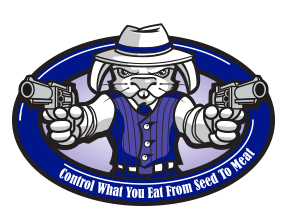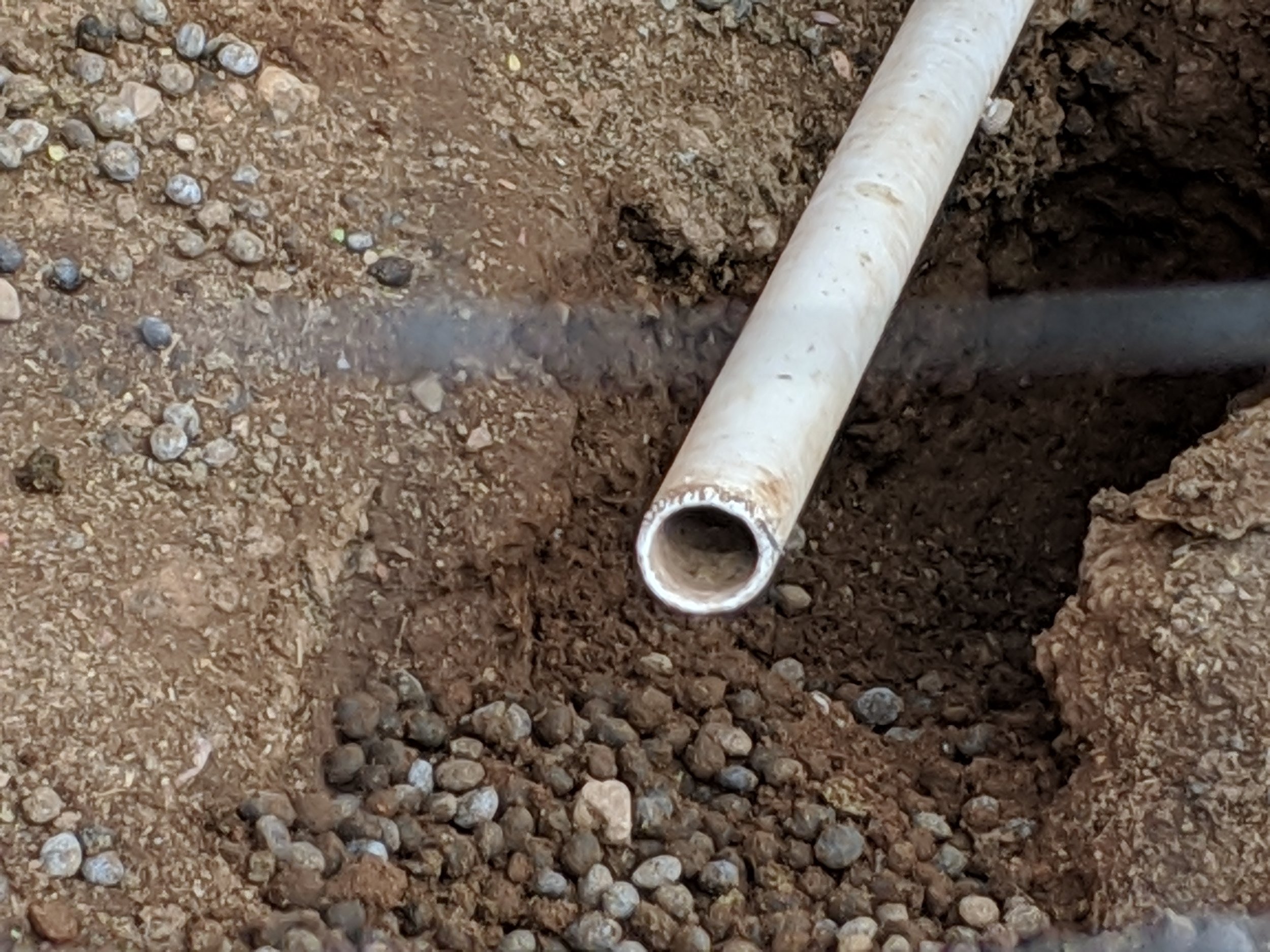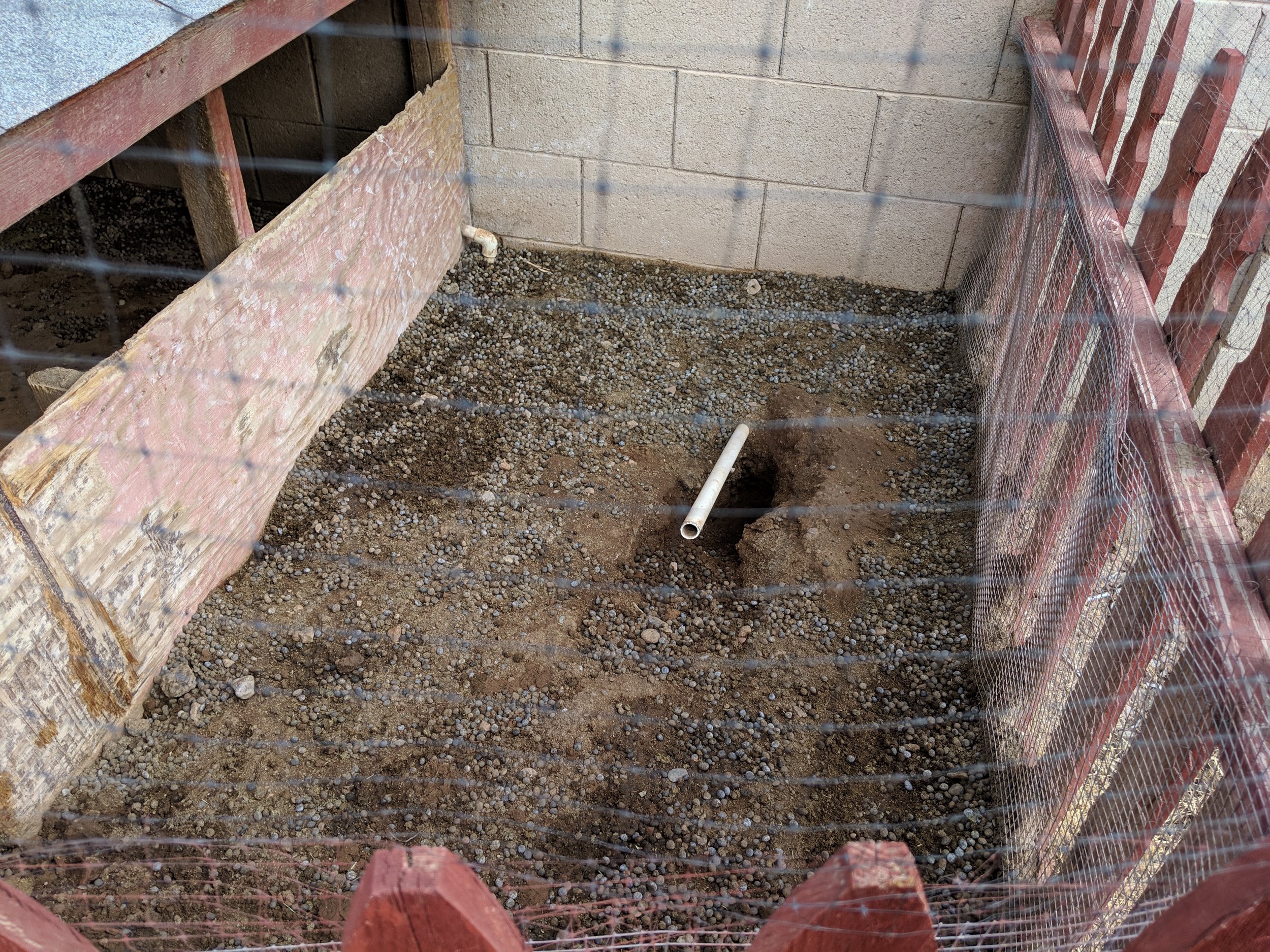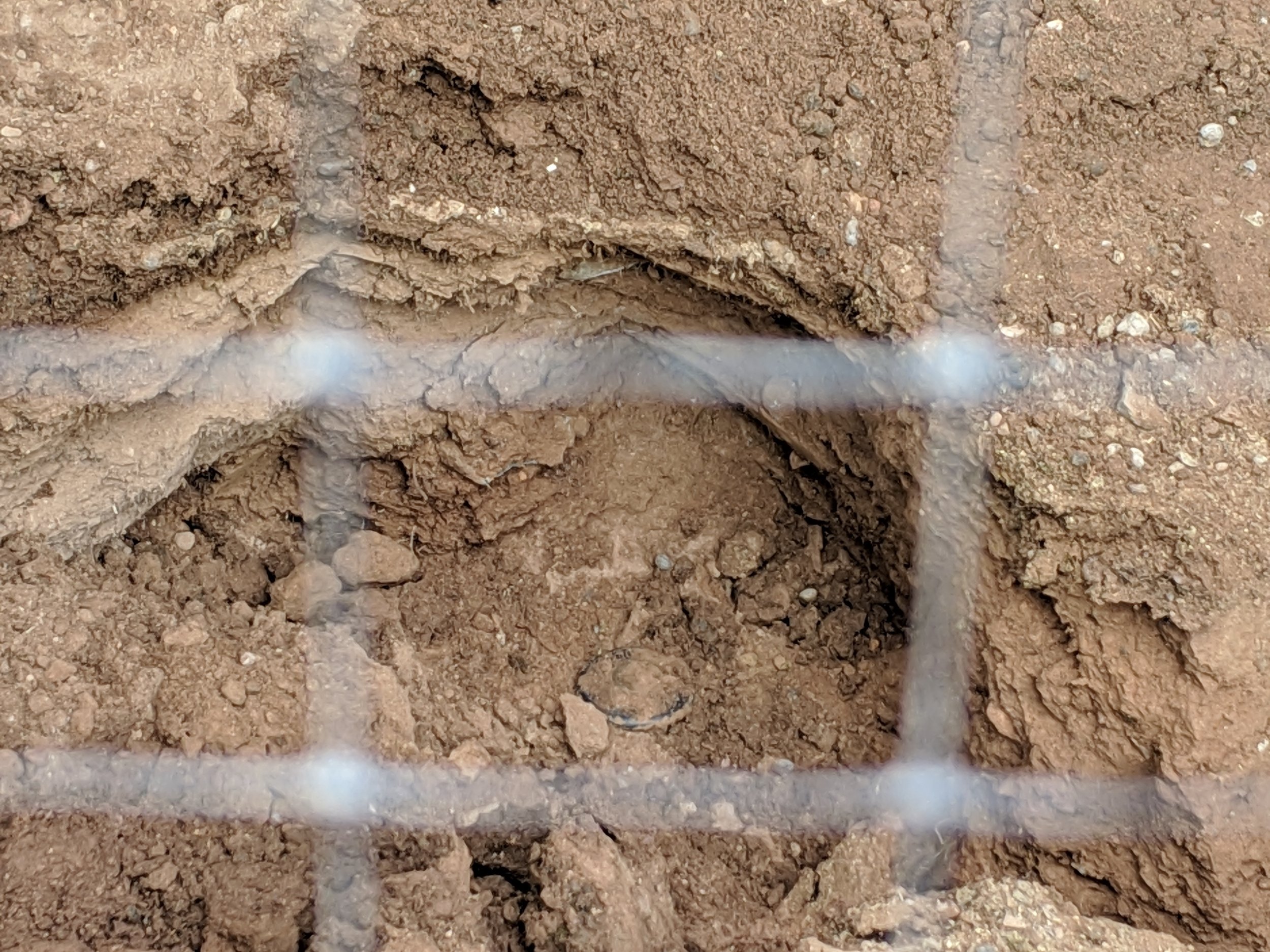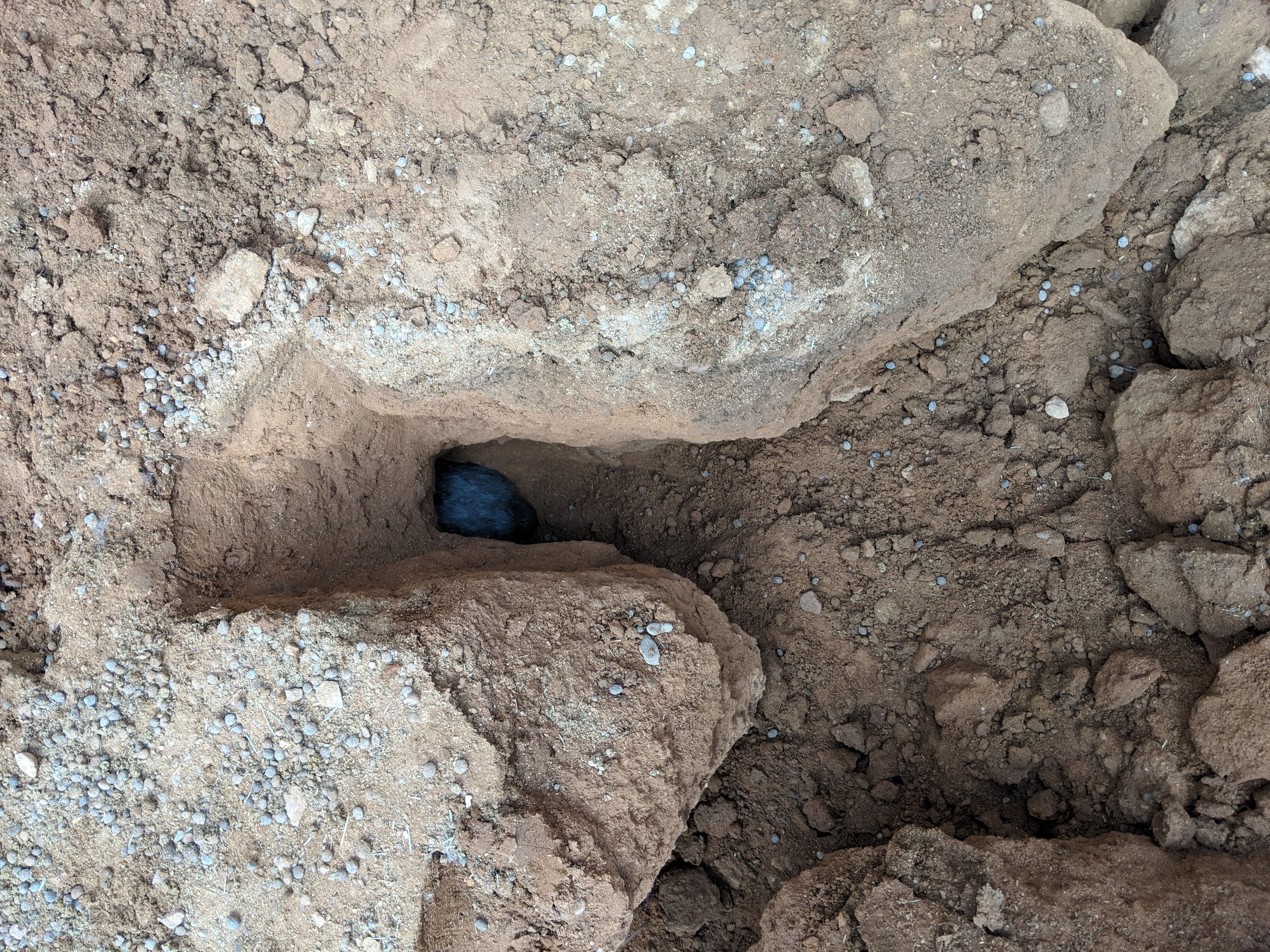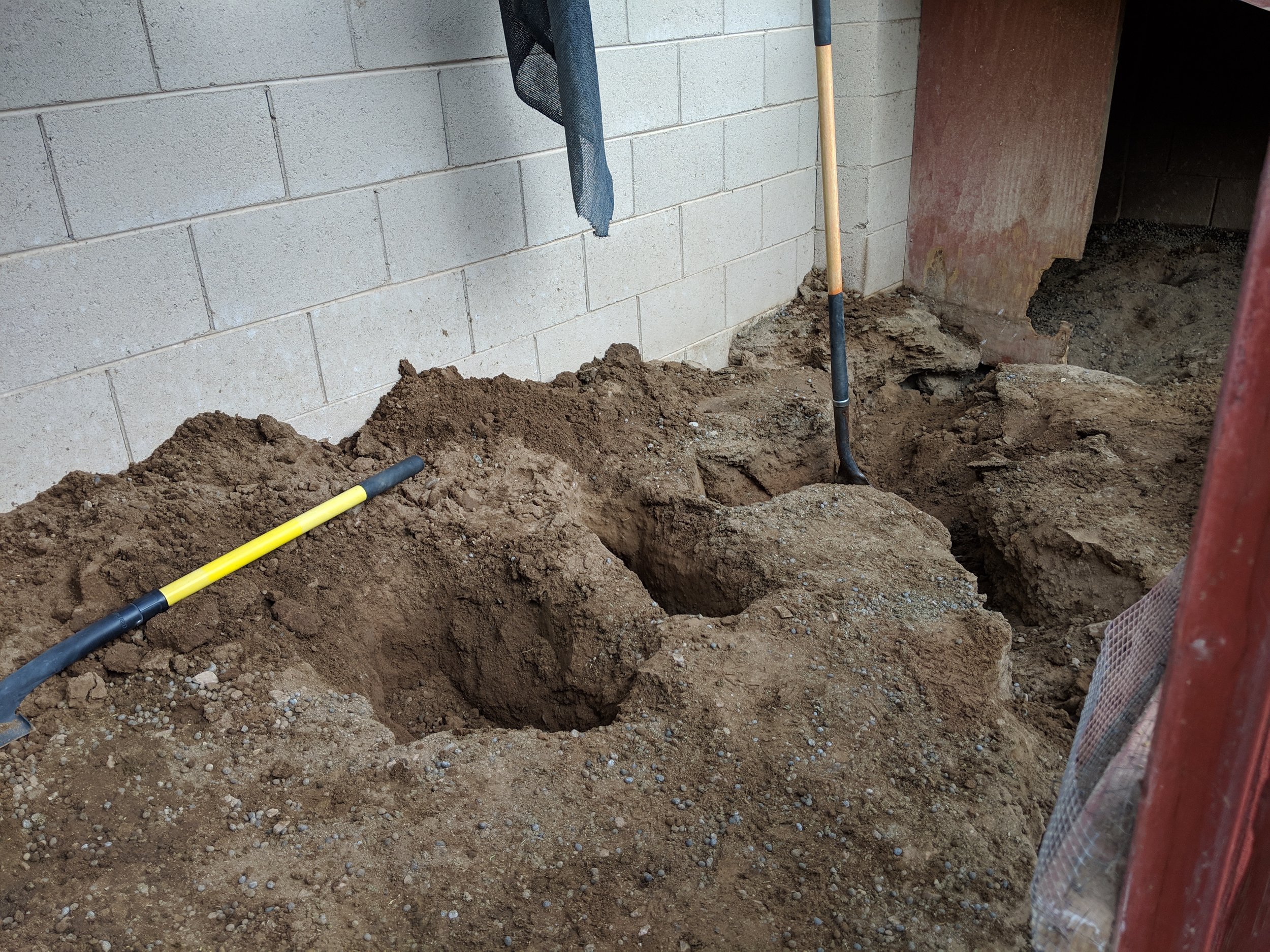Colony Style Meat Rabbit Husbandry
One of the simplest forms of rabbit husbandry is the colony style meat rabbit or colony style rabbitry. The style best mimics what the European rabbits would do in the wild. The European common rabbit, Oryctolagus cuniculus, is the source of most domesticated breeds. If left to their instincts, the domestic-bred rabbits will follow their European heritage patterns.
The Warren
The European rabbit digs down in the earth, widening the end of its tunnel. The rabbit leaves enough space between the roof and floor to allow its ears to extend upward fully while the rabbit is crouched low or laying down. This enables the rabbit to rest yet stay alert. This burrow is usually a part of a network of other rabbit burrows intertwining together to form a warren. The warren allows multiple escape paths and sleeping areas. Some warrens have been found to be nearly 10 feet deep and stretch across 20-30 feet in advanced colonies.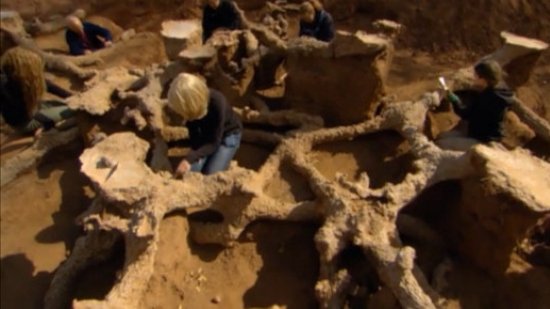
The Nest
Female rabbits, or does, will live in the warren, but won't kindle nor keep their kits in the warren. The doe will dig a separate burrow away from the main warren for her kits. She will line the burrow with straw, grass and even her own fur pulled from her chest and belly. To safeguard the kits, she will seal the entrance closed, essentially burying the kits alive. She returns once or twice a day to feed her babies.
The Colony Location
If we are to mimic the natural conditions, we must pay close attention to the details. Rabbits are not limited in the wild by space. They pick their home and start digging. If we are to copy this in our backyard, we need to know the ideal place to let them dig. Start by calling your utility companies, have them flag any potential dig hazards... the last thing you need is a pack of hangry rabbits chewing through a gas line and starting the BBQ a bit early, or, biting through a power line and having a real Hare-Raising experience...
Foliage
You might think you'll be able to feed the rabbits with the grass growing in their enclosure, and you will, but it won't last. You'll want to remove all plants you don't want to be chewed down and killed from the roaming area of the rabbits. They will devastate any foliage they can reach. I've seen them beaver through 6-inch diameter trees over time. The area should be mostly shaded so they can lounge out of the warren in the day, but don't expose the shade tree to them, they'll kill it over time.
Barriers
Consider the walls and other barriers meant to contain the colony, can the rabbits see through them? If so, you will need to block the rabbits digging path. They are less likely to try to dig out of an enclosure if they can't see through it. That being said, you may want to put underground barriers in place as a precaution. Some colony style meat rabbit raisers even bury chainlink fence flat and to form walls in the dirt to block potential escapes.
Dirt Displacement
As the rabbits dig their warrens and nests, there will be a LOT of displaced earth. In some cases, I've seen 2 to 3 feet of dirt pulled from the ground and redistributed in the colony area. That may cause your colony barriers to be too short if the dirt piles up too high. You may consider removing the dirt as it piles up or limiting the digging depth of the rabbits.
You can just barely see the sprinkler that was buried by 24 inches of dirt from the rabbits digging
Colony Considerations
Many people like the idea of colony style meat rabbit husbandry because it sounds great on paper; semi-natural environment, semi free-range, less hands-on rabbit chores... its " set it and forget it" rabbit raising! There are some disadvantages to colony rabbits too though. As we have covered in depth, there is a LOT of prep work for starting a colony. It's not a turn-key option.There is also very limited control over genetics. Without removing all the bucks, trapping the does for breeding, and labeling/tracking the does' babies, you won't be able to breed for specific genetic traits or make sure brothers and sisters aren't breeding.The next consideration is health. I have bought out and closed down a few colony style rabbitries. In EVERY one of them, I found rabbits with mangy fur, some with respiratory illness and battle scars from their interaction with other rabbits. Fun fact, did you know that male European rabbits/ domestic rabbits will CASTRATE each other if left in the same enclosure? Oh yeah, some of the males end up missing dangly parts...Also, exposure to the pathogens in the dirt as well as carried by other animals in the colony can infect your rabbits. Some forms of Parvo have been known to live in the soil for up to 7 years. Something else to think about, how are you going to catch your rabbits once loose in the colony? The last colony I cleared out was WORK. We had to dig out the warrens and catch the bunnies by hand.
Conclusion
I believe that colony style meat rabbit husbandry is a viable option for raising meat rabbits. Like any form of farming, you need a plan going into it. Location factors including shade, underground hazards, and barriers need to be considered. If enough start-up planning and work are put into it, a meat rabbit colony could really work... but, I'll be sticking to my cages...

